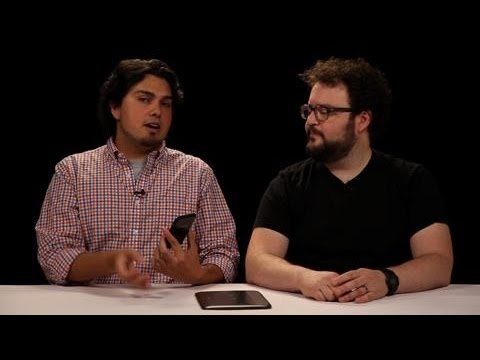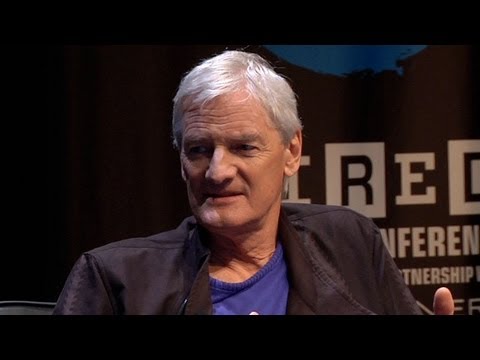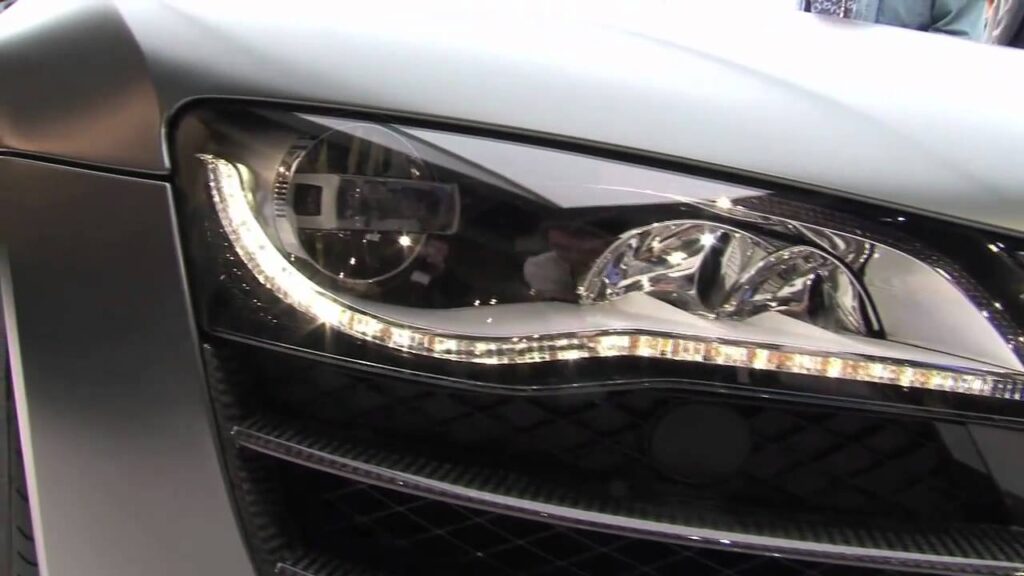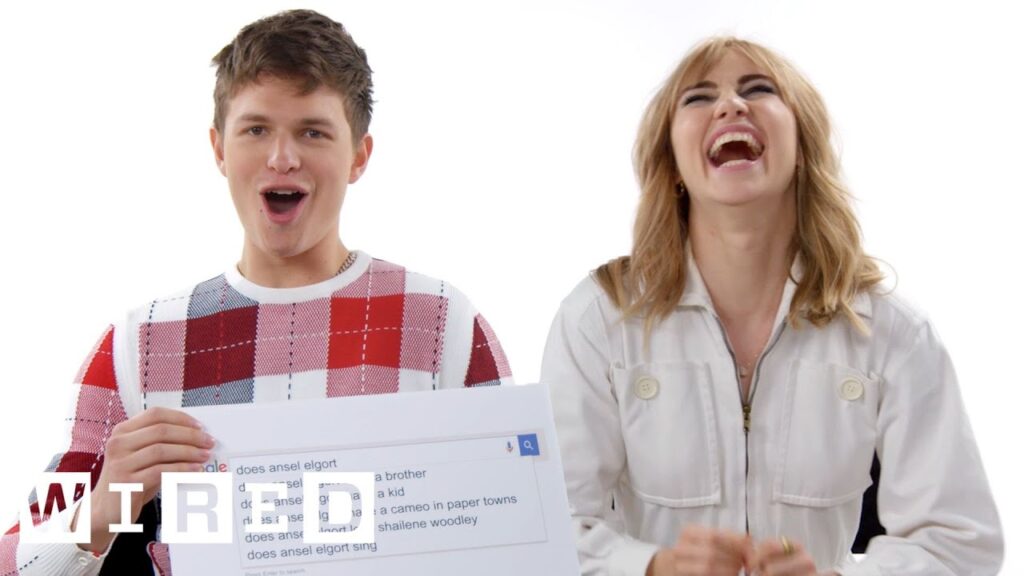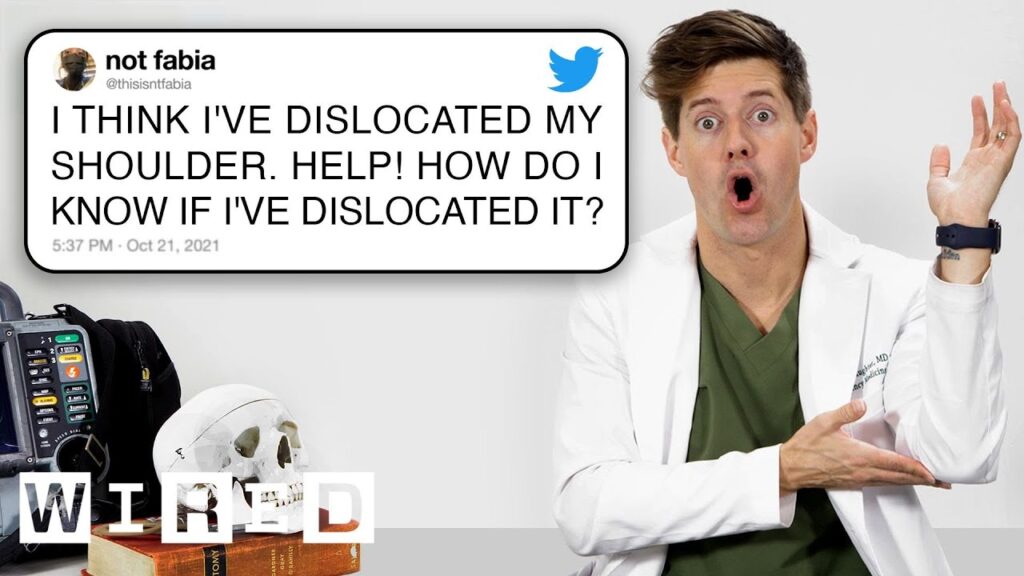Exploring the Technical Artistry of the Academy Award Nominees for Best Visual Effects
Summary
The nominees for the Academy Award for visual effects this year each offer a unique perspective on the use of technology to bring the story to life. From the fully digital characters of Spider-Man: No Way Home to the careful balance of physical and digital effects in No Time to Die, each film showcases exceptional technical artistry. In this Q&A, we will explore the different techniques used in each film and how they contributed to making them some of the best visual effects works of the year.
Table of Contents
- Spider-Man: No Way Home: Bringing Digital Characters to Life
- No Time to Die: Balancing Physical and Digital Effects
- Dune: Creating a Plausible Fictitious World
- Shang-Chi and the Legend of the Ten Rings: Using Deepfake Technology and CGI to Bring Mythical Characters to Life
- Free Guy: Blending Reality and the Digital World
- Conclusion
Introduction
Visual effects play a significant role in modern film production. They can help create lifelike scenes, fill in missing details, and bring imaginary creatures to life. Every year, the Academy Awards recognize the best films in several categories, including visual effects. This year’s nominees for Best Visual Effects showcase exceptional technical artistry in their respective films.
Q&A
Spider-Man: No Way Home: Bringing Digital Characters to Life
Q: What is unique about the VFX in Spider-Man: No Way Home?
A: Spider-Man: No Way Home used 2,400 VFX shots created by 12 studios to bring the fully digital characters to life. The film utilized new techniques, including FX simulation, to make the characters appear more realistic. The team carefully crafted the movements and facial expressions of these characters to emulate those of the actors portraying them. This massive undertaking required collaboration and coordination between multiple studios to ensure a consistent look and feel throughout the film.
No Time to Die: Balancing Physical and Digital Effects
Q: How did the team behind No Time to Die balance physical and digital effects in their film?
A: The team behind No Time to Die sought to make the VFX invisible and supportive of the story. They used a collaboration between the stunts, VFX, and special effects teams to balance physical and digital effects. The film features stunning practical stunts combined with subtle digital enhancements. For example, the team utilized digital enhancements to erase safety wires and harnesses without interfering with the physical performances of the actors. By balancing physical and digital effects, the team created an immersive experience that supports the story and feels realistic.
Dune: Creating a Plausible Fictitious World
Q: How did the team behind Dune create a believable world for their film?
A: Dune is set in a fictitious world, and the team aimed for plausibility by taking into consideration real-life factors, such as wind direction and flow of sand, when designing the cityscapes. They also used real-life helicopters in shot creation to add authenticity to the scenes. The team behind the film created intricate 3D models of the world and utilized a variety of software tools to bring their vision to life.
Shang-Chi and the Legend of the Ten Rings: Using Deepfake Technology and CGI to Bring Mythical Characters to Life
Q: Can you describe the visual effects in Shang-Chi and the Legend of the Ten Rings?
A: Shang-Chi and the Legend of the Ten Rings created a fast-paced visual spectacle that uses a variety of techniques, including deepfake technology and CGI, to bring mythical characters to life. The team utilized deepfake technology, which allows them to map the facial expressions of an actor onto another actor or digital character. This process helped create a realistic and emotive experience for the audience. Additionally, the team used CGI to create fantastical worlds from scratch, but grounded them in reality by using real-life elements wherever possible.
Free Guy: Blending Reality and the Digital World
Q: How did Free Guy incorporate innovative visual effects techniques to create its unique concept?
A: Free Guy deliberately chose to blend the line between reality and the digital world. The film utilized a variety of visual effects techniques, such as motion capture, to create immersive virtual environments. Additionally, the team created a seamless integration between live-action and digital characters. The result is a visually stunning film that immerses the audience in the world of the film.
Conclusion
The nominees for the Academy Award for visual effects this year showcase exceptional technical artistry. Each film creatively utilized an array of VFX techniques to bring their unique story to life. Spider-Man: No Way Home used new techniques to make fully digital characters appear more realistic. No Time to Die balanced physical and digital effects to make the VFX disappear into the story. Dune created a fictitious world while considering real-world factors to add authenticity. Shang-Chi and the Legend of the Ten Rings used deepfake technology and CGI to bring mythical characters to life. Free Guy seamlessly blends the line between reality and the digital world. It is clear that each film’s VFX team selected the perfect techniques to tell a compelling story that captivates the audience.
